The Seasons: Philosophical, literary, and environmental perspectives
SUNY Press, US$95 hb, 287 pp
Theoretical buckets
There is something quaint about seasons. They do not seem to trigger the same dread that we now experience when we hear the word ‘climate’. I think this is because seasons remain connected to that time in human history during which the annual variations of climatic conditions were evidence of an underlying stability in the world and of nature’s constancy. The Seasons, a collection of essays edited by Luke Fischer and David Macauley, is an attempt to think through the ongoing role that seasons have within human imaginaries. Both editors are philosophers and the book is mainly grounded in forms of analytic philosophy insofar as seasons (and seasonality) are posited as concepts susceptible to abstract contemplation. The approach is inflected by a certain eclecticism of thought and example, but there is also an underlying intellectual and tonal consistency. The prominence of Goethe, Hölderlin, Keats, and Thoreau within the book, for instance, firmly roots the contributions within the romantic imagination. Other key reference points in the book – Rilke, Heidegger, Merleau-Ponty, Rachel Carson – remain within the long shadow of European romanticism.
Continue reading for only $10 per month. Subscribe and gain full access to Australian Book Review. Already a subscriber? Sign in. If you need assistance, feel free to contact us.

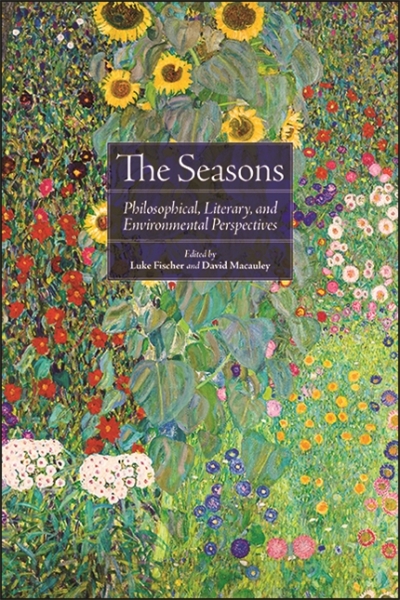

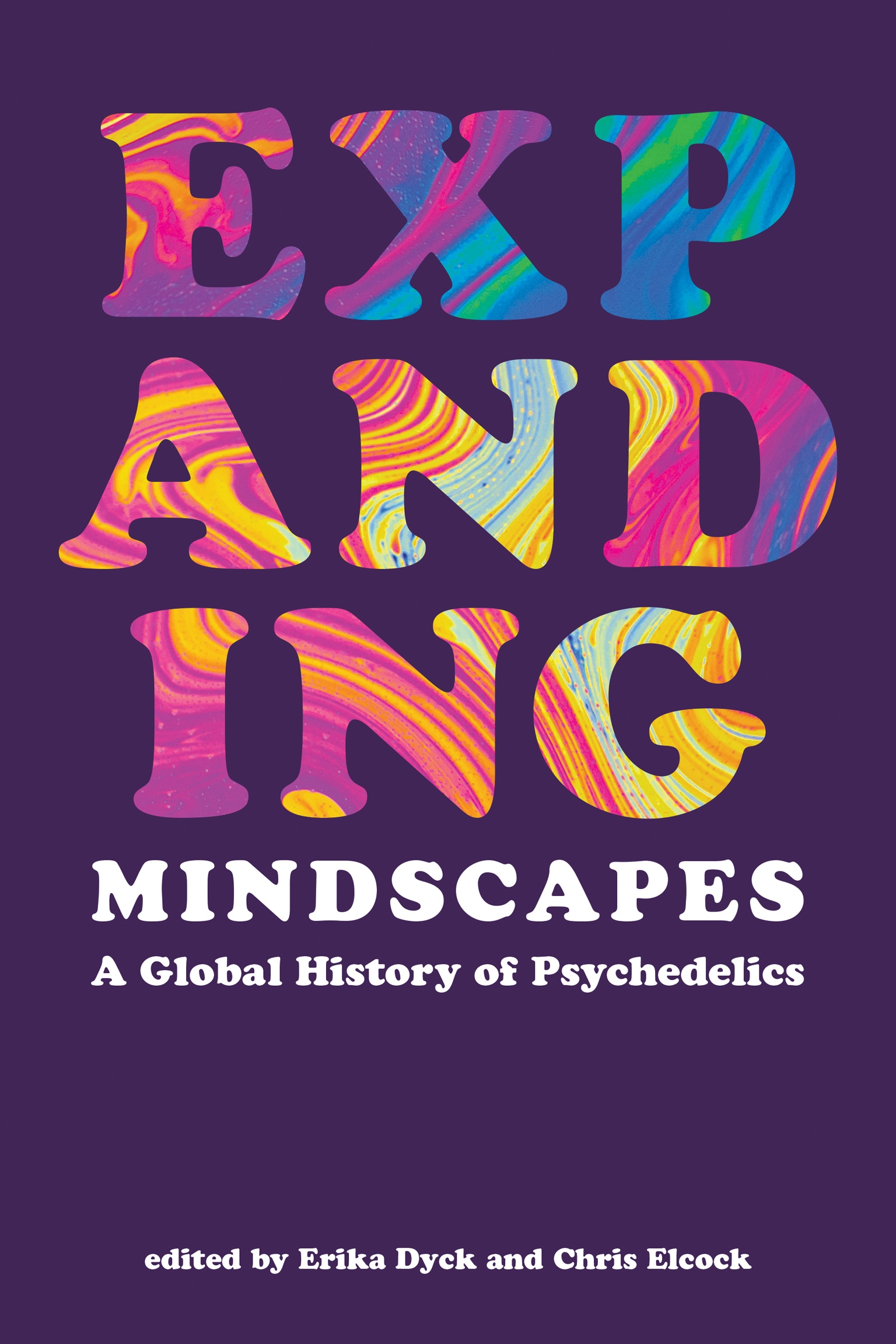


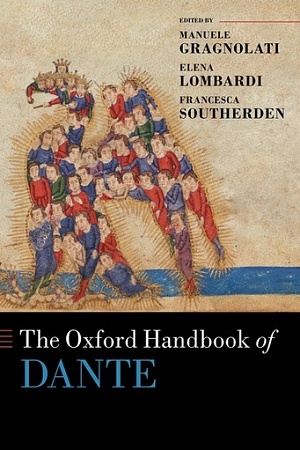

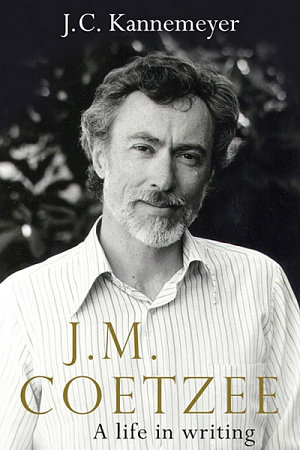
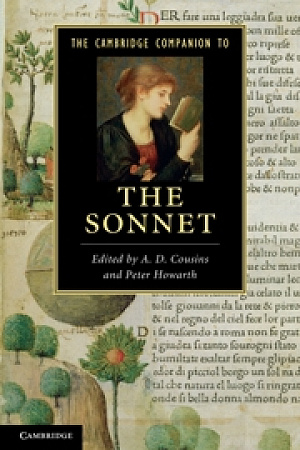
Comment (1)
Hughes-d’Aeth seizes upon the mention of one passing idea––the seasons as a ‘conceptual container’––and projects that onto an array of very different approaches and chapters. He claims that the seasons are treated as a ‘transcendental category’ and as concepts susceptible to ‘abstract contemplation’, when many of the essays explicitly criticise such an abstract conception and all the essays in one way or another emphasise the importance of situated and embodied approaches to the seasons. In addition to the environmental relevance of the seasons, one of the primary motivations for this book project was the lack of theorisation of the seasons within philosophical discourse, but Hughes-d’Aeth’s review doesn’t really engage with the philosophical or even environmental aspects of the collection. (It focuses instead on literary and cultural aspects.)
All too frequently in contemporary Australian literary debates the term ‘romanticism’ is employed in vague and uninformative ways. Hughes-d’Aeth provides a good example of this. He questions the prominence of figures from Goethe and Thoreau to Heidegger, Merleau-Ponty, and Rachel Carson, which he groups respectively as ‘romantics’ and as remaining ‘within the long shadow of European romanticism.’ While the presence of these figures no doubt reflects the intellectual background of the editors of the volume (as does any anthology of essays), Hughes-d’Aeth does not specify how or why we should think of these figures as belonging to the one tradition of ‘romantic imagination’. There is much debate in the scholarship about whether even Goethe should be conceived as a romantic or as a classicist, while Heidegger and Merleau-Ponty are primarily regarded as phenomenologists and existentialists/ontologists. Hughes-d’Aeth also does not specify the respects in which the ‘romantic’ tradition should be regarded as problematic. His use of the term ‘romanticism’ thereby amounts to little more than: major figures within the modern tradition of European and Western thought. He thereby intends to imply, we think, that the volume is too focused on European and North American perspectives. But is this the case?
We were pleased to encounter Hughes-d’Aeth’s appreciation of the three essays that engage with Australian Aboriginal conceptions of the seasons (in particular, the Noongar seasons of Western Australia). Given that the volume appeared with a North American publisher (SUNY Press) and one of the two co-editors is American, this is quite a significant degree of representation. Moreover, these essays all draw significantly on major figures within the Continental and ‘Romantic’ tradition (including Thoreau, Heidegger, and Bachelard) as aids in articulating and advancing a decolonised perspective on the seasons in Australia. These contributions thereby undermine the simplistic dichotomy between ‘romantic’ and non-Western perspectives that is used by Hughes-d’Aeth to frame his critique.
Two essays in the volume (by Alphonso Lingis and Joseph Ballan) respectively explore Sámi and Inuit conceptions of the seasons in the Arctic. Given Hughes-d’Aeth’s interest in non-Western and Indigenous perspectives, it is rather surprising that these two essays go completely unmentioned in his review. Jo Law’s essay (among others) significantly discusses Japanese (as well as Chinese) understandings of the seasons. In short, while the volume does give attention to Western conceptions of the seasons, much of the book is devoted to engaging with non-Western and Indigenous perspectives, without any claim to being exhaustive.
Finally, in that Hughes-d’Aeth raises the issue of anthropogenic climate change at the beginning of his review, we were surprised that he did not take the opportunity to engage, for example, with the discussions in the co-authored Introduction and in Rod Giblett’s essay of how a deepened attention to the seasons could help us better to understand climate change. Giblett goes so far as to make the thought-provoking proposal that ‘climate change’ would be better construed as ‘seasonal dislocation’ or ‘seasonal disruption’.